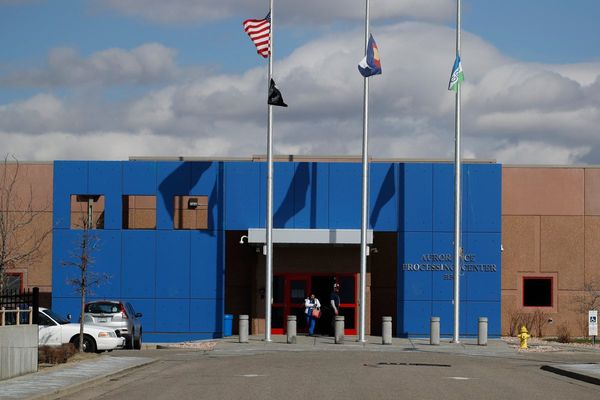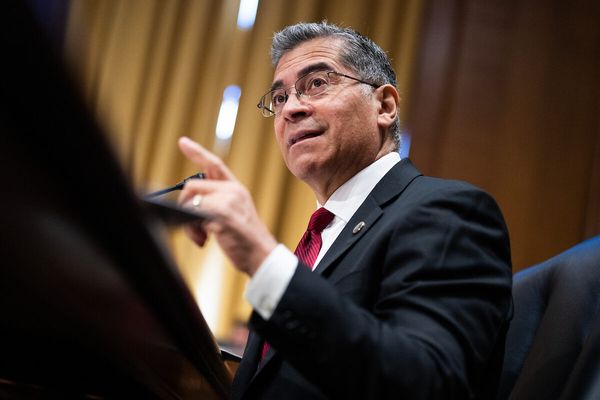
It is a marvel of modern civilisation that we feel safe to drink the water from almost any tap. At least that's the case for those of us in countries that can afford to build and maintain public infrastructure.
The Romans were the first to build a city's water supply in a way that we would recognise.
A minor difference is that they mostly didn't have taps, which meant their water was running continuously. It spilled outside houses to where it was useful for cleaning the streets and helped the city's sewers.
The system they called aquae ductus ("water conduit"), built from 312 BCE to 226 CE, was able to supply about a million people.
Since the Romans didn't have access to modern pumping technology, they relied on gravity alone. Their ingenious network used aqueducts, pipes, tunnels and even grand, arched bridges to cross valleys.
The Romans lacked our understanding of disease that can be caused by biological agents such as bacteria, and toxins such as lead. Although there are some simple treatments that would've helped them, they had nothing like our sophisticated purification and monitoring systems.
In Australia, water quality monitoring uses around 70 tests to ensure it's safe. These include tests for taste, odour, colour, micro-organisms and chemical content. Results vary depending on the water source and infrastructure.
Water authorities measure things such as chlorine (disinfectant), fluoride, dissolved solids (salts), hardness (mineral content), iron, sodium and magnesium.
Alum is used as a coagulant in treatment plants to remove impurities, which is then filtered to levels where it is usually less than the natural level in untreated water.
A major improvement over the Romans is that their water was contaminated by lead that leached in via its use in plumbing (plumbum - Pb, is lead).
Although the concentration in their water was high, researchers think it was probably insufficient to cause widespread mental problems or drive up crime rates.
Even so, lead contamination of this sort would not be tolerated in Australia where levels are strictly controlled.
If the modern water supply is a remarkable achievement, its truly bizarre counterpart is a triumph of marketing.
While nearly a third of people globally don't have access to safe drinking water, we buy it in plastic bottles. Even though tap water is essentially free, bottled water can cost more than $5 - more than you pay for petrol.
Those plastics are made from byproducts of petroleum processing and natural gas.
Australian bottled water is classified as a food product, which means it's subject to mandatory health controls and therefore safe.
It does, however, have a shelf life due to the chemicals, such as bisphenol-A, in the plastic that can leach into the water.
Listen to the Fuzzy Logic Science Show at 11am every Sunday on 2XX 98.3FM.
Send your questions to AskFuzzy@Zoho.com Twitter@FuzzyLogicSci
We've made it a whole lot easier for you to have your say. Our new comment platform requires only one log-in to access articles and to join the discussion on The Canberra Times website. Find out how to register so you can enjoy civil, friendly and engaging discussions. See our moderation policy here.







